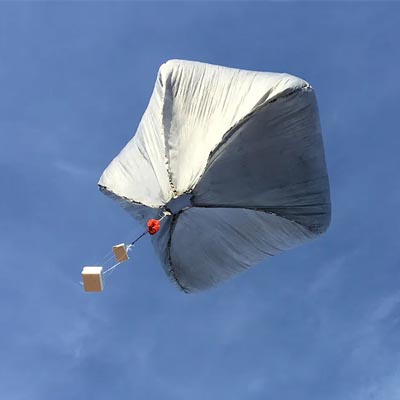High-altitude balloons are crewed or uncrewed balloons, usually filled with helium or hydrogen, that are released into the stratosphere, generally attaining between 18 and 37 km (11 and 23 mi; 59,000 and 121,000 ft) above sea level.

High-altitude Balloons
There are many potential explanations for sightings. We recommend eliminating the most common and mundane before jumping to less probable conclusions or you submit a report.
Resources
Object Trackers
Live flight tracking maps are available for monitoring airline traffic and trajectories in real-time or historically around the world.
FlightAware
Flightradar24
ADS-B Exchange
Marine Traffic
Space Launches
Planned launches occur regularly all over the globe. These tracks can help identify the potential missions or launches in your area.
SpaceLaunchSchedule.com
SpaceFlightNow.com
RocketLaunch.Live
Satellite Trackers
Satellite tracking can also be done in real-time with the aid of tracking maps. They are also helpful for tracking Starlink launches.
Heavens Above
Space Weather
There are a number of sites which track solar flares, magnetic storms, and other events which are helpful for eliminating explanations related to astronomic phenomena.





